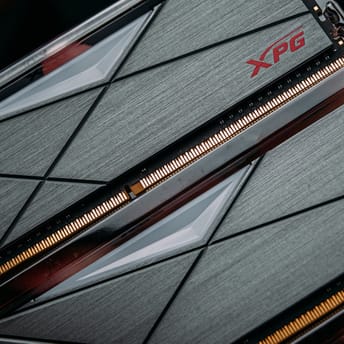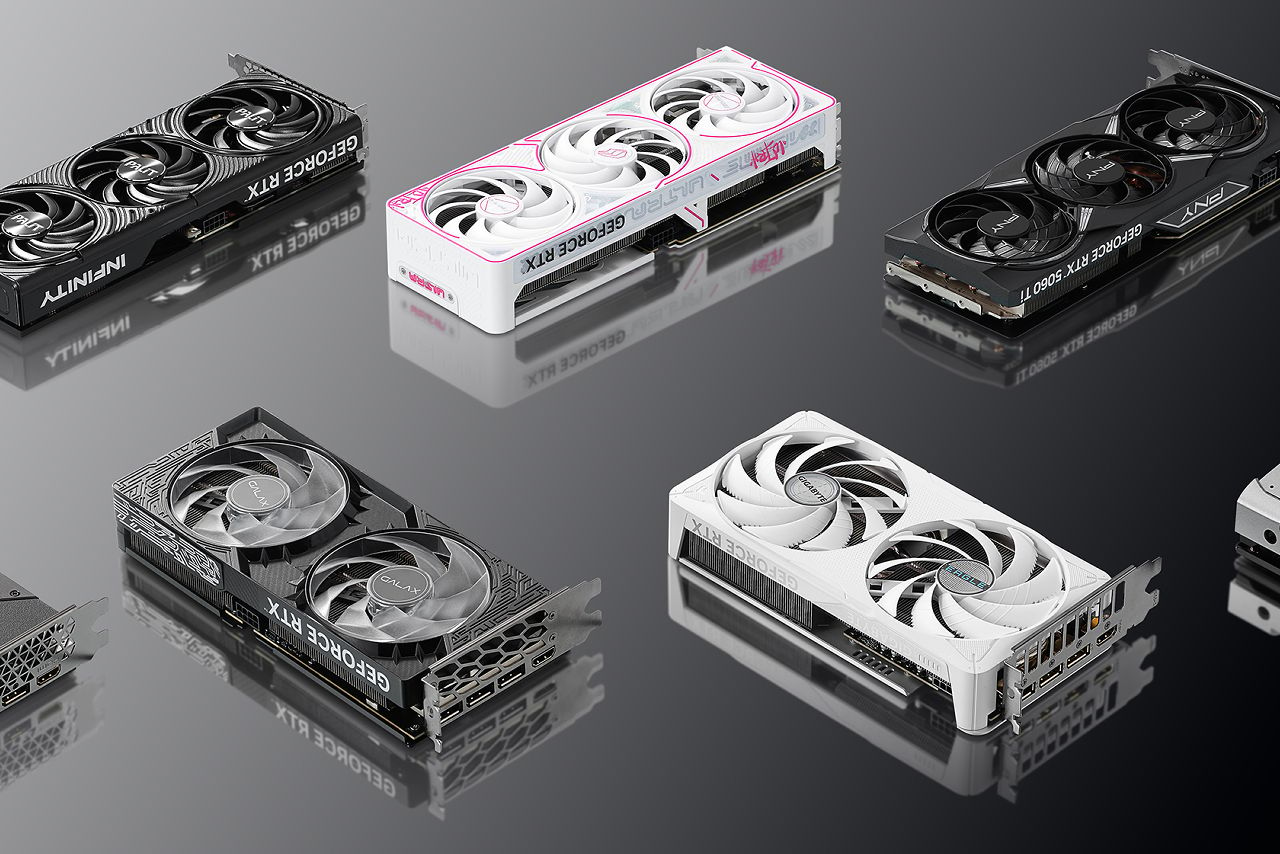
Nvidia GPU Naming Explained: Ti vs. Super and Why It Matters
|
|
Instead of an introduction, let’s take a very real scenario. Due to tariffs and rising prices, you’ve decided to upgrade your GPU to ensure you can afford PC gaming for the next couple of years. You visit a retailer’s website, and only two options are left: the RTX 3080 and the RTX 4070 Ti. And the choice isn’t obvious, because the first graphics card belongs to an older generation but sits higher within its series, while the second comes from a newer generation, has a little bit more VRAM and the flashy Ti suffix, yet ranks lower in its lineup and also is cheaper than the first one. So, what does Ti stand for in GPU, and what do you need to choose?
Nvidia GPU model names have long since become a confusing maze where more does not always mean better. Each new generation brings genuine architectural advances (alongside an entire layer of rebranding), forcing even seasoned enthusiasts to sift through various benchmarks. Paradoxes abound: the Ti suffix can signal anything from a mild refresh to a full-blown replacement for an older card.
This article will help you make sense of GPU naming. We will unpack how model numbers are created, why suffixes like Ti and Super exist, how yesterday’s 70 can outperform today’s 60 Ti (or vice versa), and how to spot true progress amid ambiguous marketing. By the end, you will be able to decode product names critically and choose a graphics card based on facts rather than just on the cool number printed on the box.
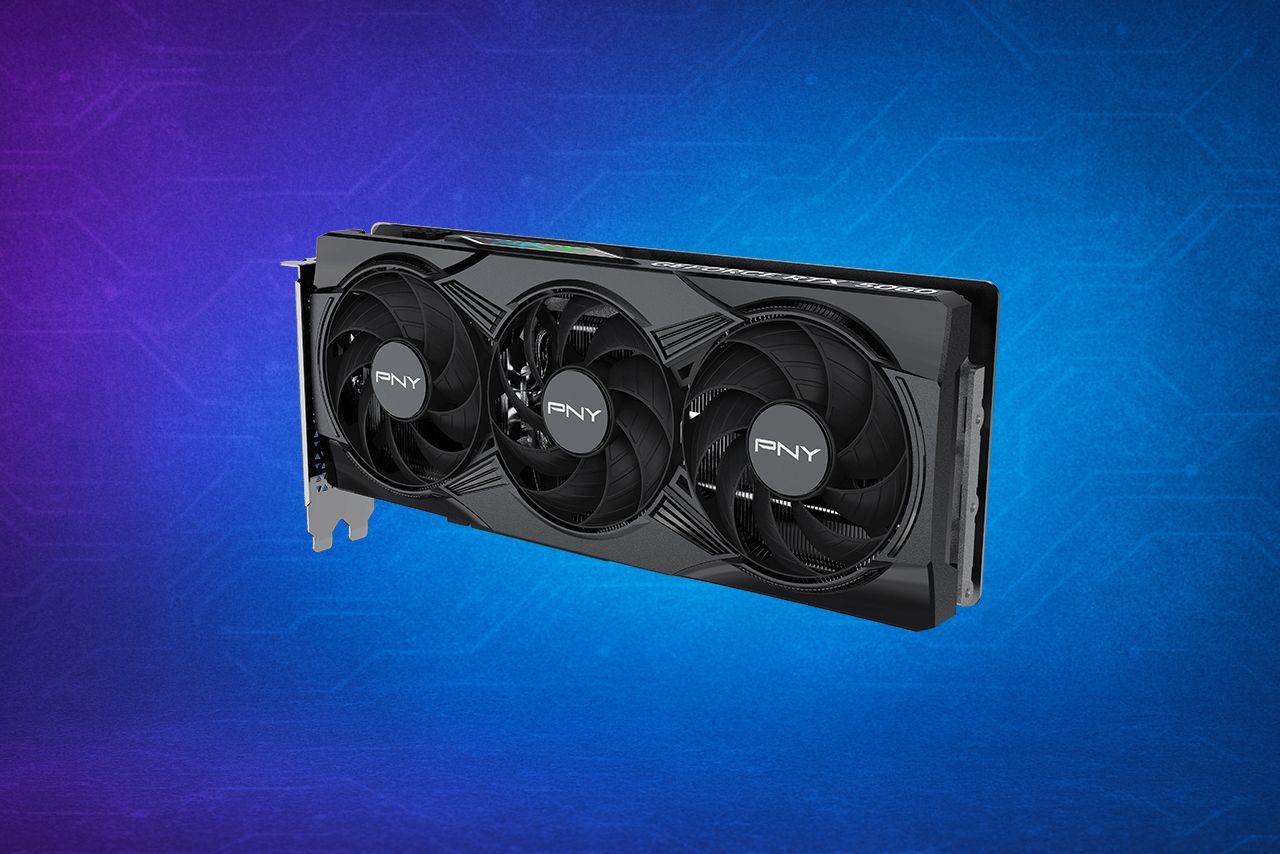
GPU Dies and Binning
We need to dive into the technical details to understand what’s going on. When we say RTX 4060 Ti, we are not naming a specific silicon die but a marketing label. Inside the GPU is a chip with a die at its core. For the 4060 Ti, that die is AD106; the RX 7800 XT uses Navi 32. This code defines the true architecture: the count of streaming multiprocessors (SMs) for Nvidia or compute units (CUs) for AMD, cache sizes, and the presence of RT and AI blocks.
Fabs initially produce dies with every block enabled, but no wafer emerges perfectly (all these terms explained in the previous article about Nvidia’s manufacturing). Some transistors are defective, and some cores draw too much power. Rather than scrap thousands of wafers, manufacturers practice binning: they disable faulty or power-hungry blocks and ship the resulting chips into lower-tier SKUs. Thus, the same die can become the heart of the RTX 4060 AD106, RTX 4060 Ti, or RTX 4070 Mobile—the difference lies only in how many SMs are unlocked and in each card’s frequency headroom. Put simply, binning is sorting. And it works the other way, too: particularly clean samples with higher stable clocks find their way into higher-tier SKUs or even the Founders Edition.
Lithography and architecture add another layer of confusion. The process node (TSMC N4P, Samsung 8 nm, GlobalFoundries 14LPP) tells you about transistor density and potential efficiency, but does not guarantee speed. The IPC gains of a new architecture often impact FPS more than a shrink from 8 nm to 5 nm. That is why comparing the number on the box without consulting at least a die’s spec sheet (or better, various benchmarks) is like choosing a car by engine serial number alone. Knowing this, it becomes clear why two cards with identical VRAM and similar TDP can perform so differently.
Nvidia GPU Tiers: From 50 to 90
Nvidia’s model line looks simple: the higher the two digits at the end, the higher the tier. For decades, the 50 and 60 cards meant basic work or entry-level gaming, the 70 a comfortable mid-range, the 80 solid ultra settings at 1080p, and the 90—the flagship for enthusiasts.
The distortion is most obvious when old and new architectures coexist on shelves. In early 2024, the RTX 4070 Super and a discounted RTX 3080 12 GB were sold side-by-side; the former carried a smaller model number yet offered faster ray tracing and better efficiency thanks to the newer node. The takeaway is clear: judge a GPU by overlapping price brackets and real-world benchmarks, not by its series number alone. If you spot a 70 card priced like a 60, check whether it hides a rebadged die from yesterday’s flagship. History repeats almost every generation, and knowing that saves money.
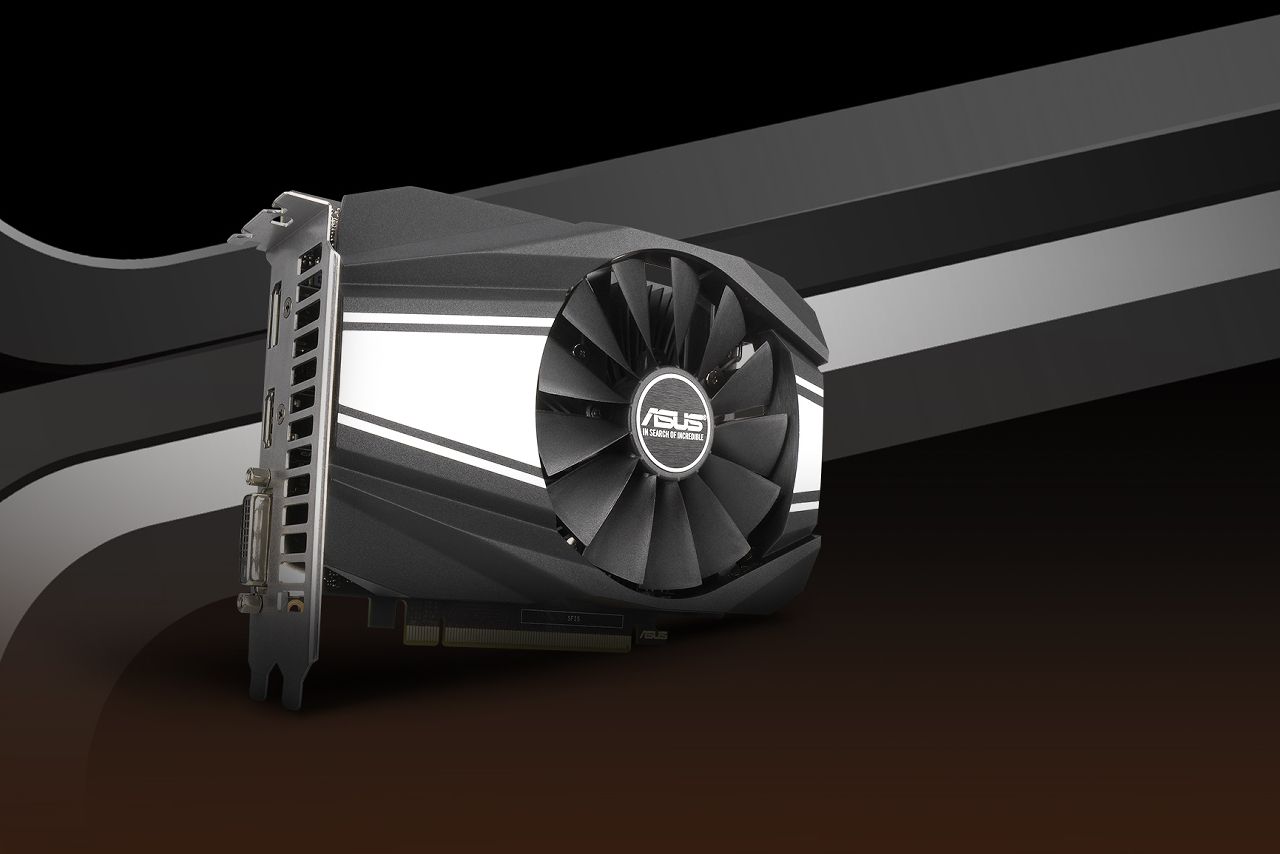
Understanding Ti and Super GPUs
“Ti” is a venerable suffix. Nvidia first appended Titanium to the GeForce 3 in 2001 to distinguish slightly faster NV20 chips. Two decades on, the metal has disappeared from the name. A modern Ti model is nearly always closer to the next-tier card than to its non-Ti sibling. Example: the RTX 3060 Ti uses the full-size GA104 die with a 256-bit bus, easily outpacing (30% better performance) the GA106-based 3060 (192-bit), though it still falls short of a fully enabled RTX 3070. For Nvidia, this is pure upside: a good die fetches a higher price without launching a brand-new SKU.
The Super suffix debuted in 2019 as an emergency reply to AMD’s Radeon RX 5700 XT. Nvidia refreshed Turing by unlocking more CUDA cores, raising clocks, and widening memory buses: the RTX 2060 Super became a mini-2070, and the 2070 Super a trimmed-down 2080. The desktop Super label skipped Ampere architecture but returned with Ada Lovelace in 2024: the 4070 Super and 4070 Ti Super gained larger L2 caches and higher clocks to plug the price gap between the 4070 and 4080.
Typically, a Ti card gets slightly higher TBP and runs at higher voltages, whereas a Super variant brings a modest TDP bump, which is critical in laptops. For both suffixes, the improvements are real, yet the broader SKU roadmap sets their limits. To judge their value, compare all the critical specs: process node, die type, cache, and memory bandwidth; always check benchmarks.
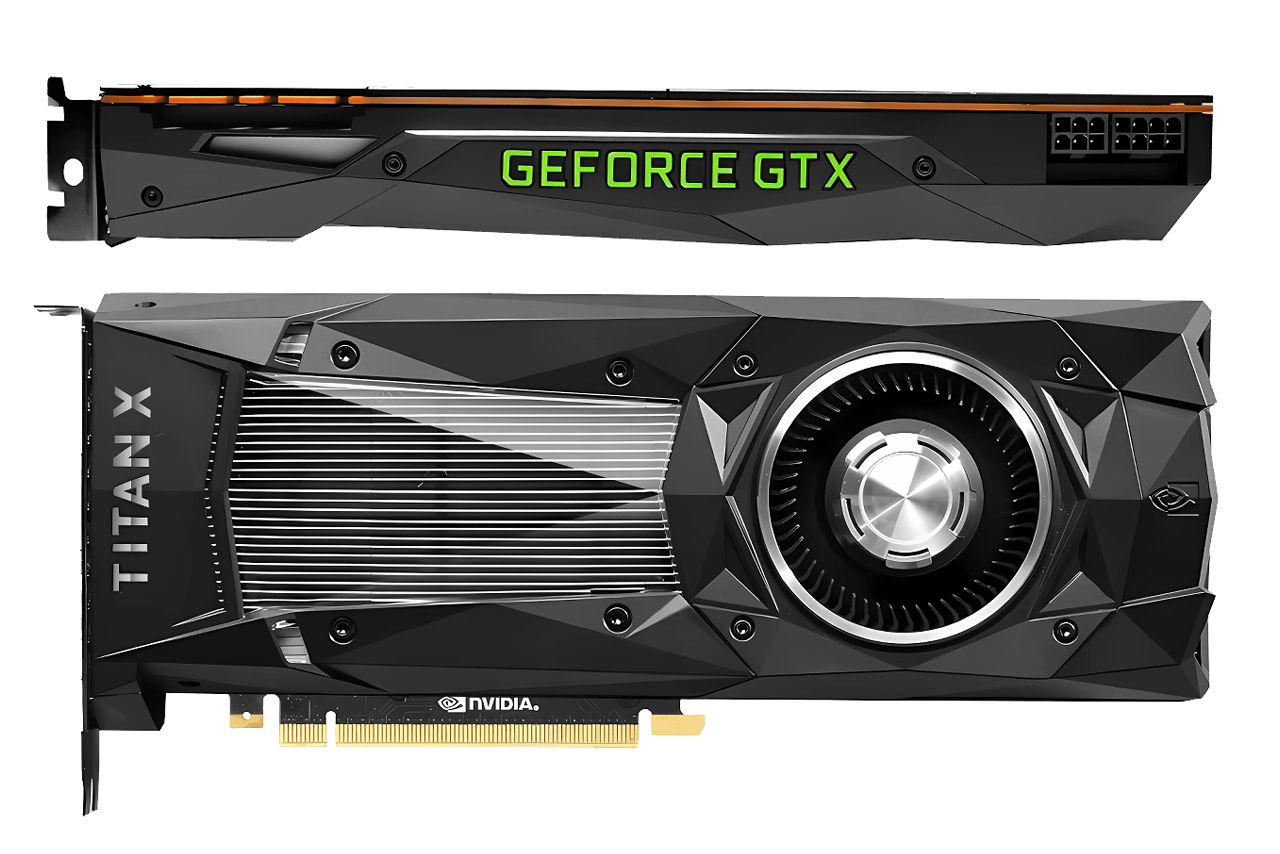
Architecture Matters More Than Names
In Nvidia cards, the first number indicates the GPU architecture. Let’s say two Nvidia GPUs sit side by side: an RTX 3080 (GA102, 2020) and an RTX 4070 (AD104, 2024). Ada Lovelace architecture in 4070 boosts IPC, doubles L2 cache, and equips fourth-generation RT cores that deliver up to 35 % more frames with the same ray budget. Add the node advantage (Samsung 8 nm LPP versus TSMC 4 nm N4P) and you get lower leakage, higher clocks, and fewer watts per frame. But the 3080 still wins in raw rasterization at 4K.
An architectural leap often outweighs the row number. With a 200-watt limit, an AD104 card can outrun a GA102 even when the latter is eating through 320 watts in DLSS 3 and 4 titles, thanks to frame generation and the updated Optical Flow Accelerator (both the Lovelace bonuses). AMD shows the same pattern: the RX 7600 (Navi 33, RDNA 3) loses to the RX 6700 XT (Navi 22, RDNA 2) in pure raster, yet it brings a hardware AV1 encoder and a newer media engine, critical for streamers. RX 7600 is also significantly cheaper.
Cache matters, too. 96 MB Infinity Cache saves the RX 6800 XT from a narrow 256-bit bus, while the RTX 4080 Super compensates for its own 256-bit width with 64 MB of L2, pushing effective bandwidth toward the 320-bit GA102 class.
Focus on micro-architecture, RT/AI-block revisions, cache hierarchy, and process node. Benchmarks have the final word: only they reveal whether theoretical gains turn into real-world FPS gains in your games.
AMD and Intel GPU Naming
AMD prints a three- or four-digit number on the box: RX 6000, 7000, and 9000. The jump from 8 to 9 prevents confusion with mobile Ryzen 8000 APUs already labeled RX 890M and sitting on the same shelves. Numbers can still mislead: the RX 7600 (RDNA 3, Navi 33, 8 GB, 128-bit, 32 CU) trails the RX 6700 XT (RDNA 2, Navi 22, 12 GB, 192-bit). AMD’s suffixes persist: XT for full configs, XTX for overclocked flagships, less often GRE (China-only), and M for laptops. Chiplets muddy things further: the RX 7900 XTX packs one 5 nm GCD plus six 6 nm MCDs, yet still belongs to the 7000 family—you cannot tell from the label whether it is monolithic or modular.
Intel, by contrast, advances the leading letter each generation. Alchemist debuted as Arc A380, A580, A770; the number indicated tier, not the die (A380—ACM-G11, A770—G10). Late 2024 brought Battlemage: Arc B580 and B570 introduced Xe2, up to 12 GB of VRAM. Intel skips Ti/Super; instead, it stamps Limited Edition or simply cites memory size.
In short, AMD’s numbers progress faster than its architecture (from 6 to 7 and then jump to 9), while Intel’s letters march from A to B, etc. Both naming schemes promise linearity, yet real performance still depends on die, VRAM, and TDP. Without specs and benchmarks, model names are just decorative façades.
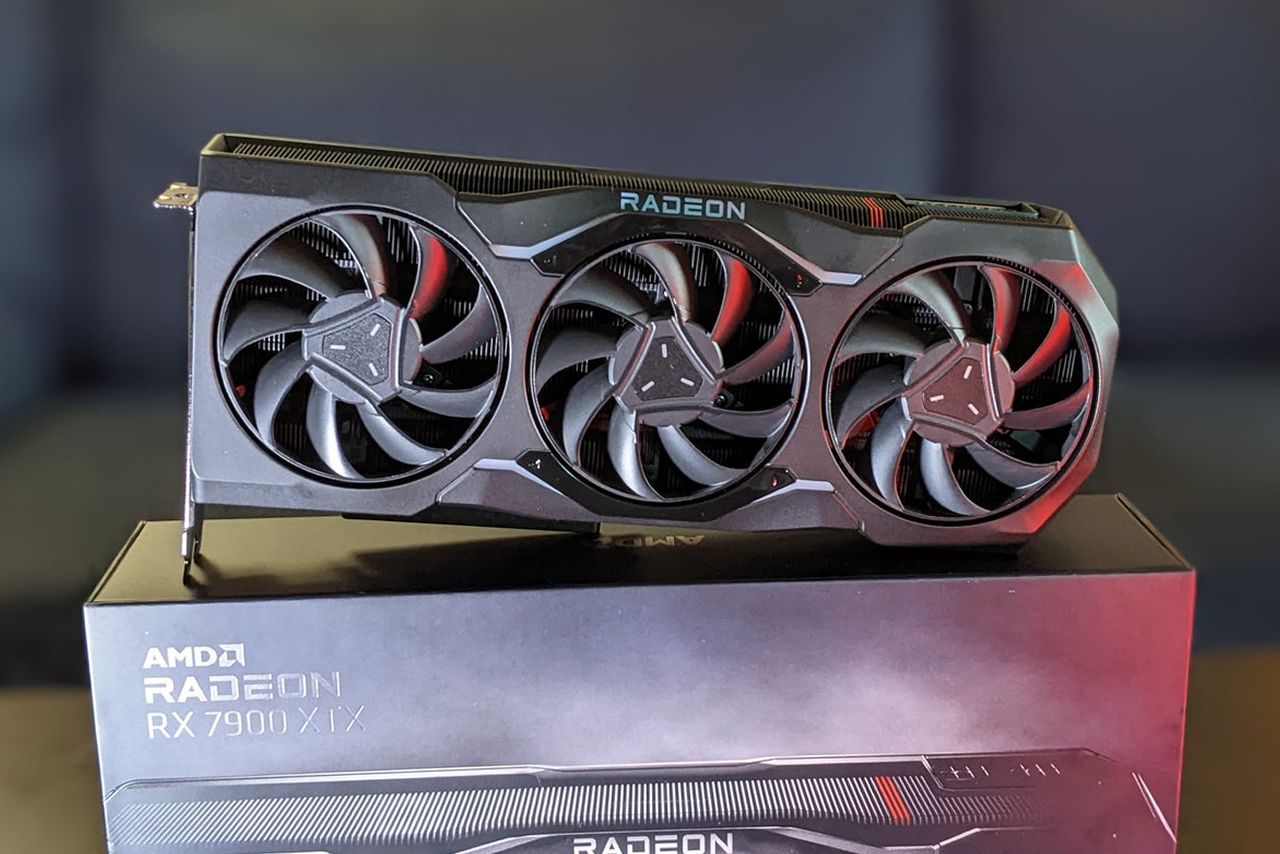
GPU Buying Tips
Below is a short algorithm that will potentially save you from overspending.
Know what you’re buying a GPU for
1080p at 144 Hz, sinematic 1440p, or 4K and ultra graphics settings in every game—each option places a different workload on a GPU. In today’s games, plan on a minimum of 8 GB of VRAM for smooth Full HD, 12 GB for a comfortable 1440p experience, and at least 16 GB for 4K/VR/professional work.
Check the specifications
Skip the marketing noise and go straight to the silicon. Identify the die (AD104, Navi 22, etc.), memory-bus width, L2/Infinity Cache size, and the TDP ceiling. A narrow 128-bit bus or just 8 GB of VRAM should trigger caution, no matter how loudly influencers praise the card.
Find benchmarks for your specific games
Synthetic averages are helpful, but real-world numbers from titles you actually play matter more. Different sites and databases offer deep per-game charts. And you can always focus on the card’s dollars-per-frame value.
Consider the architectural features
DLSS 4 with Multi Frame Generation or FSR 4 can swing results dramatically, especially when your CPU is the bottleneck. Make sure the card you pick supports the upscaler your favourite games are implemented better.
Compare with GPUs from a previous generation
You can always use UserBenchmark to see if saving a hundred or two makes sense, especially if you’re not chasing the perks of the latest architecture. A well-priced RTX 3080 10 GB can beat a newer RTX 4070 at 4K, though it draws more power, for example.
Double-check the available space in the PC case
A triple-fan, three-slot behemoth might not fit an mATX case. Thermal headroom and physical clearance are as important as raw specs.
Keep an eye on promotions
AIB partners and retailers tend to trim MSRPs roughly once per quarter to clear shelves ahead of the next refresh. Flash sales can turn a borderline option into a bargain.
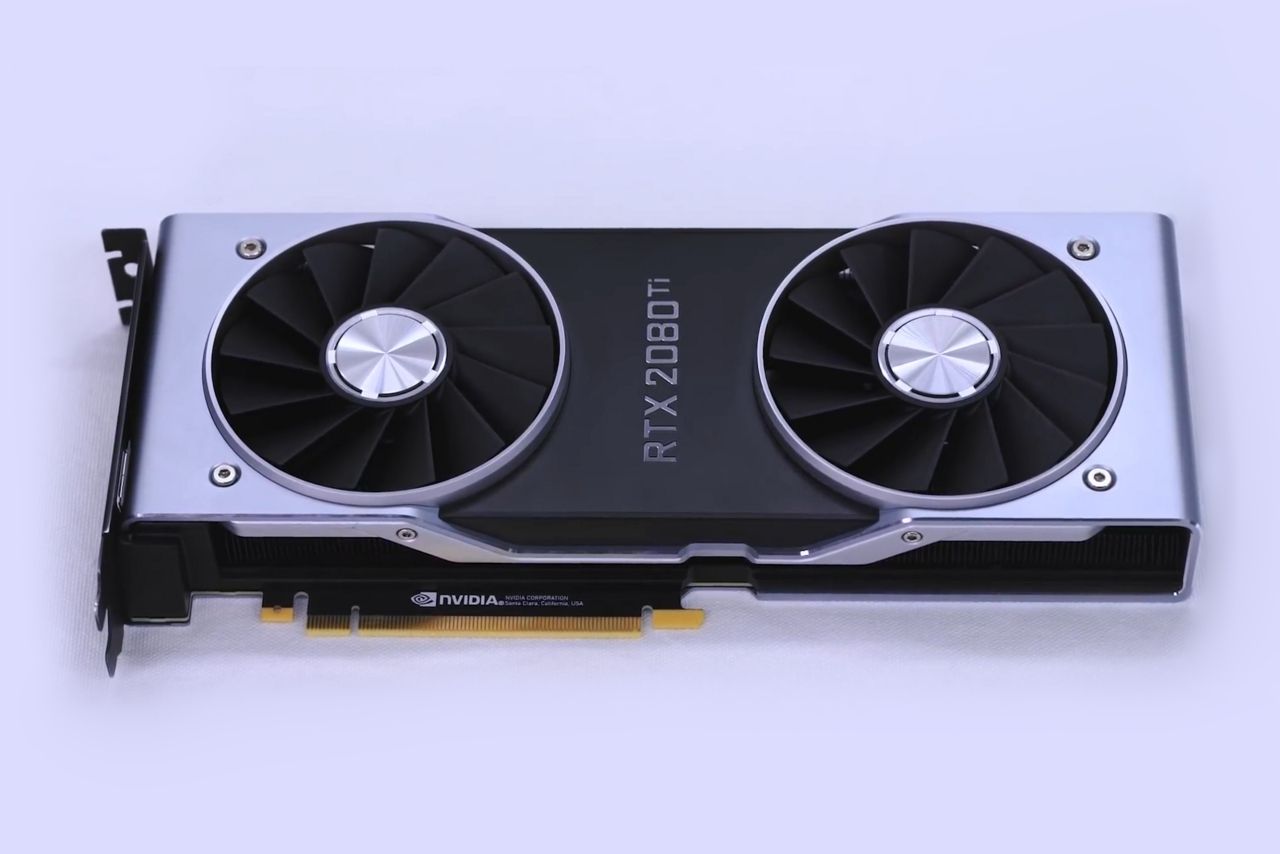
FAQ
What does Ti mean in GPU?
“Ti” stands for “Titanium” and marks a more powerful version of a base model, usually with more cores, higher clocks, or better memory specs.
What is the difference between Ti and normal GPU?
A Ti GPU typically offers better performance than the non-Ti version of the same model, thanks to a stronger chip or faster memory. But it still usually ranks below the next tier and generation.
Is a Ti or Super GPU always better than a non-Ti version?
Not always. They are usually faster, but price, power draw, and generation also matter. Sometimes, a non-Ti card from a higher tier or newer generation outperforms an older Ti/Super.
Why is the RTX 4070 Ti cheaper than the older RTX 3080?
The 4070 Ti is built on a newer, more efficient architecture but has a smaller memory bus and less raw raster power than the 3080. It trades brute force for features like DLSS 3 and lower power usage.
Summary
Model numbers, suffixes like Ti and Super, and even entire generations often serve more to market than to inform. They’re not reliable indicators of performance. To avoid paying a premium for a flashy label rather than actual capability, ask yourself five key questions:
- What is the goal: 1080p e-sports, 1440p with ray tracing, or 4K HDR?
- Is there enough VRAM and bandwidth for your games and mods?
- Does the new architecture deliver the extras you need (DLSS 4, FSR4, AV1, etc.)?
- Can your power supply and case handle the stated TDP and physical size?
- How much FPS-per-dollar are you getting?
If you can answer these (and validate them with real-world benchmarks) those cryptic GPU names will stop being a puzzle. They’ll become practical tools for choosing the right card for your needs and budget.

